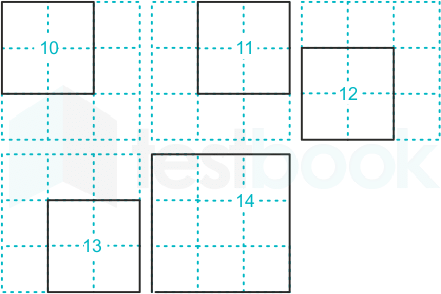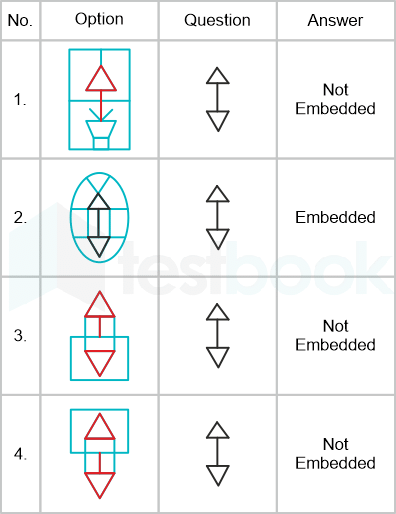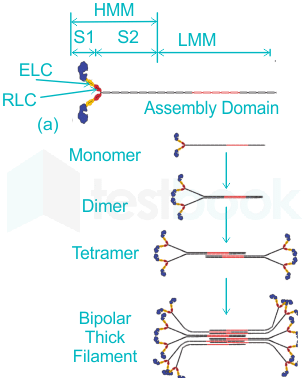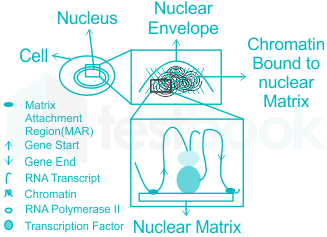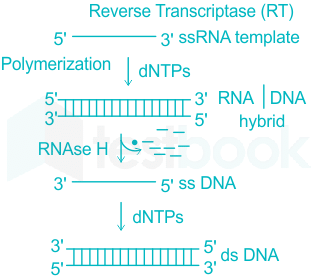Mock Test - 1 (TB) - Software Development MCQ
30 Questions MCQ Test - Mock Test - 1 (TB)
Each of the letters given below has been assigned a unique number. Select the combination of numbers such that the corresponding letters when arranged accordingly will form a meaningful word.
L
N
U
A
E
T
R
1
2
3
4
5
6
7
L
N
U
A
E
T
R
1
2
3
4
5
6
7
The percentages of people qualifying the driving test to get a license in different years is shown in the following graph. Study the graph and answer the question.

In the years 1996 and 1997 together, 45,000 people qualified the driving test. If in the year 1996, a total of 25,000 people took the driving test, then how many people took the test in the year 1997?
In the years 1996 and 1997 together, 45,000 people qualified the driving test. If in the year 1996, a total of 25,000 people took the driving test, then how many people took the test in the year 1997?
If the sum of the squares of the roots of the equation x2 - 14x + k = 0 is 100, then what is the value of k ?
In the given figure, the circle represents 'Meat eaters', the triangle represents 'Vegetable eaters' and the rectangle represents 'Milk drinkers'. Which number represents 'Milk drinkers' who are 'Vegetable eaters', but do NOT eat meat?
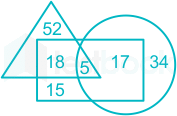
Select the set in which the numbers are related in the same way as are the numbers of the following set.
(NOTE: Operations should be performed on the whole numbers, without breaking down the numbers into its constituent digits. E.g., 13 – Operations on 13 such as adding /deleting /multiplying etc. to 13 can be performed. Breaking down 13 into 1 and 3 and then performing mathematical operations on 1 and 3 is NOT allowed)
(64, 100, 54)
(84, 81, 75)
For Fig., statements p and q are given below:
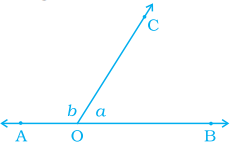
p : a and b are forming a linear pair.
q : a and b are forming a pair of adjacent angles.
Then,
The bar graph given below shows the number of students (in thousands) of two universities in six different years. What is the difference between the number of students in University 1 in the year 2017 and the number of students in University 2 in the year 2019?
Select the option in which the given figure is embedded (rotation is NOT allowed).

Which of the following assumptions was made by Michaelis and Menten while developing their equation:
Which of the following activities does not take place in the cytoplasm during cellular respiration but exclusively in mitochondria?
The amino acid Selenocysteine (Sec) is incorporated into polypeptide chain during translation by:
In addition to polymerase activity, reverse transcriptase also functions as a ribonuclease. The following facts involve ribonuclease activity:
Noncanonical open reading frames have been highlighted as a result of recent improvements in methods to examine the translatome and proteome (ORFs), so they are ?



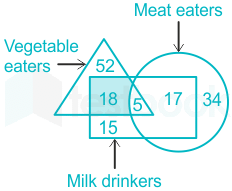
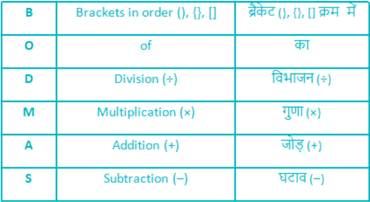
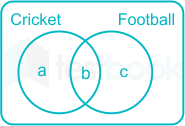

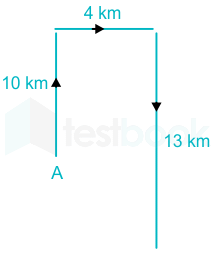
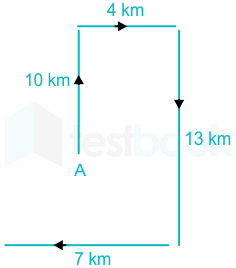
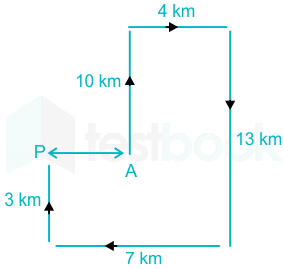

 All letters are different.
All letters are different.
 All letters are NOT different There is 2 E's present.
All letters are NOT different There is 2 E's present. 

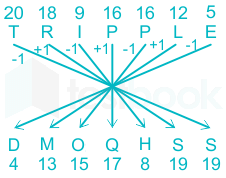
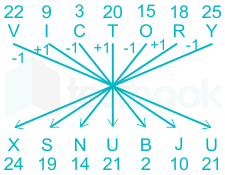
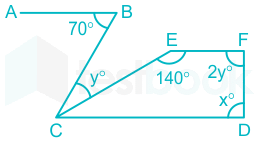

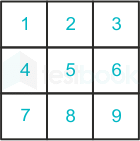 There are 9 squares as numbered in the figure.
There are 9 squares as numbered in the figure.